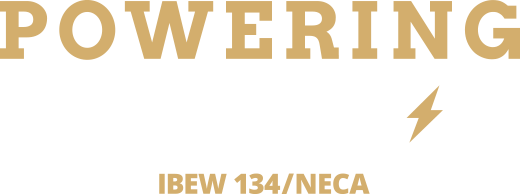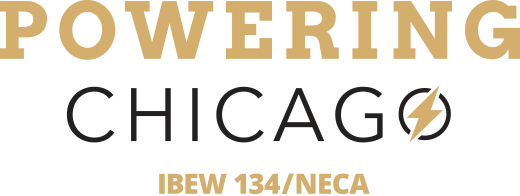Solving the solar equation: how photovoltaic systems work
- Posted: May 17, 2023
- Photovoltaic (PV) array, photovoltaic (PV) system, PV system, Solar, Solar eBook, solar energy systems, solar infrastructure, Solar installation, Solar Training
The logic behind photovoltaic (PV) energy, commonly known as solar energy, makes sense. But how do PV systems work in a business context? Are they reliable? Do solar panel-equipped organizations run solely on solar energy, or do they employ multiple backup systems? And what kind of solar panel is most efficient—monocrystalline, polycrystalline or thin-film?
For many business owners and facility managers, there are still many questions surrounding PV system implementation. The following are answers to some of those questions, as well as resources you can use to determine your organization’s approach to solar.
Solar power 101: understanding solar energy systems
In order to make sound decisions about PV system installations, you first need to know the basics: how they function, whether or not they work within other grids, and which types are the most and least expensive to install and use.
For PV systems, when sunlight shines down on panels, PV cells located within those panels absorb the energy provided by the sun. That energy then creates an electrical charge that moves in response to an electrical field in the cell, causing electricity to flow and become usable.
As for whether or not solar systems are usually offered as standalone electrical sources or paired with existing grids, the answer is usually the latter—by integrating a solar system with an existing grid, businesses reap the benefits of reliable and sustainable energy.
Finally, when it comes to solar panels—of which the three most common are monocrystalline, polycrystalline and thin-film—monocrystalline panels are considered the most efficient. Knowing which type is most efficient will help you make better decisions about your solar provider should you choose to invest in a solar solution for your business or facility.
Solar power 101: important solar terms
If you’re just beginning to explore PV solutions, knowing these terms will be helpful as you start a conversation with a solar contractor:
• Photovoltaic system: A photovoltaic system is composed of one or more PV or solar panels combined with an inverter, circuits, components, connections and other mechanical hardware to generate electricity.
• Photovoltaic (PV) array: A PV array is a group of PV Modules or solar panels wired together and mounted to a surface.
• PV module: A collection of PV cells, which produce electricity from the sun through the photovoltaic effect, wired together, encapsulated, and often framed.
• Kilowatt-hour: A kilowatt-hour is a unit of energy, equivalent to the energy transferred or expended in one hour by one kilowatt of power. Typical abbreviations include: kWh, K.W.H. or kwhr.
• Megawatt: A megawatt (MW) is a unit of power, equal to one million watts.
Powering Chicago’s solar electric system e-book
To answer your questions about solar electric system installations, Powering Chicago’s new e-book, Determining if a Solar Electric (Photovoltaic, PV) System is Right for Your Facility, includes the following sections:
- Solar Power 101: How it Works
- Exploring the Pros and Cons of Solar Power
- Bringing Solar Power to Your Business
- Costs, Rebates and Incentives
- Finding a Qualified Solar Contractor
- Additional Resources
Download the e–book for free and learn how your business could benefit from implementing a solar electric system today.

